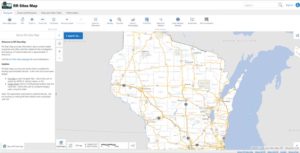The Remediation and Redevelopment Program reminds claimants and agents that all PECFA claims should be complete and accurate when submitted for reimbursement.
This includes proof of payment for all invoices, properly detailed and itemized receipts, claims for eligible costs only, documentation of work performed (e.g. field notes, photographs, weigh tickets, phone logs, etc.), and proof of deductible, if applicable. All claims must also include 2019 tax documents.
Please remember to use current forms, guidance and invoices by visiting the DNR’s PECFA website.
Incomplete claims may result in delay in payment or be returned to the claimant or agent for revision and resubmittal.

